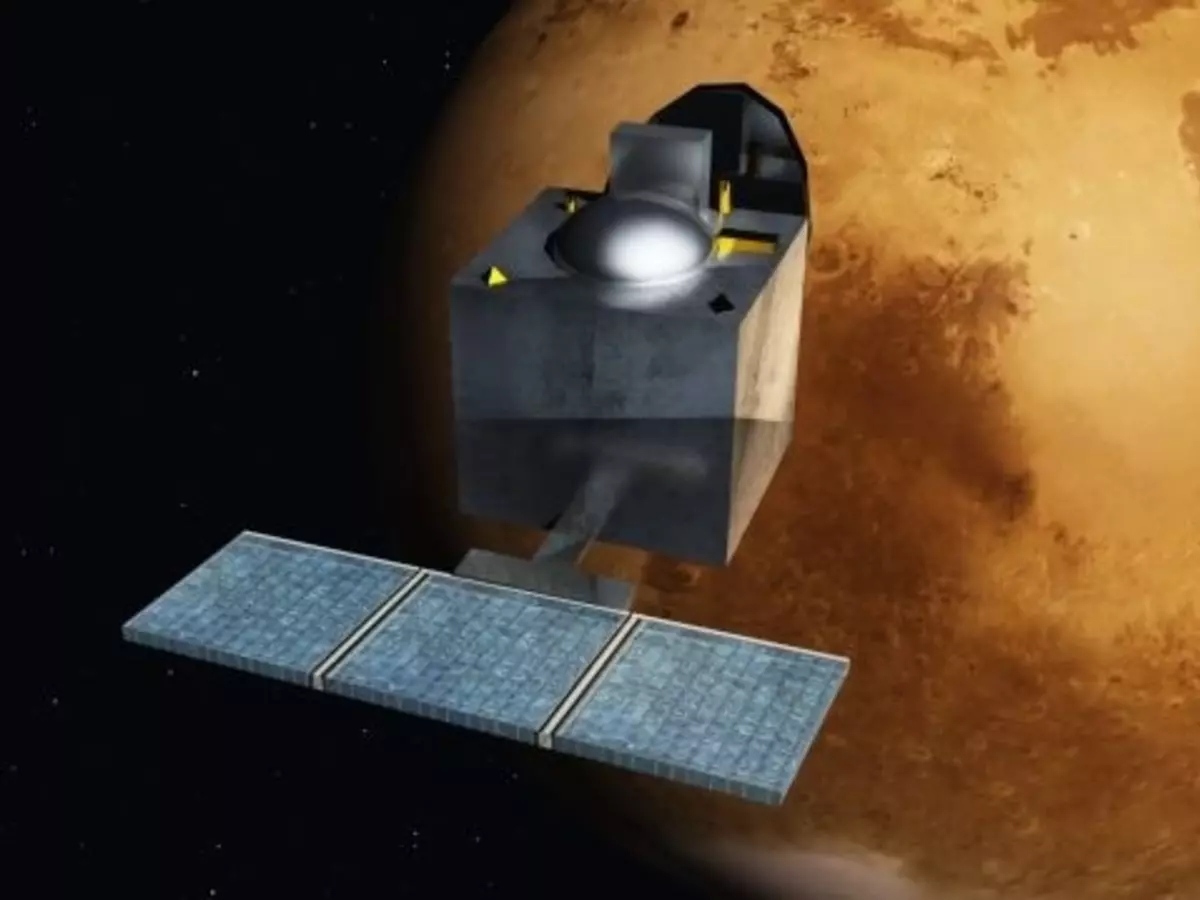Mars Spacecraft Test-Fired Successfully
The short-duration test was to ensure that the engine is in good shape.

Indian Space Research Organisation (Isro) scientists have successfully reignited the Mars Orbiter Mission spacecraft's main engine for four seconds as a trial before the final firing to get into the red planet's orbit early on Wednesday.

The liquid apogee motor (LAM) engine has been idle for about 300 days since the spacecraft left the Earth's orbit on a Martian trajectory on December 1, 2013. The short-duration test was to ensure that the engine is in good shape for the 24-minute manoeuvre on Wednesday.
MOM executed with precision a set of commands sent from mission control in Bangalore last week and fired the 440N engine for close to four seconds. This test took the spacecraft away from its trajectory by more than 100km, but a different set of commands have been fed into the system to bring it back to the ideal Martian orbital insertion.
"We are obviously relieved," said an Isro scientist. "Now we know that the engine is fit for Wednesday's exercise." There were apprehensions of the long duration of idling would have affected some valves because of the corrosive fuel used. If the main engine doesn't fire on Wednesday, an alternative plan is to fire the eight thrusters of the spacecraft to capture the Martian orbit. This Plan B, however, would not help MOM achieve a perfect orbit to take up scientific studies during its elliptical journey around Mars.
If everything goes fine, Isro aims to put the spacecraft in an orbit with a periapsis (closest point to Mars) of 423km and an apoapsis (farthest point) of 80,000km. Of the 51 Mars mission so far by various countries, only 21 have been successful.
